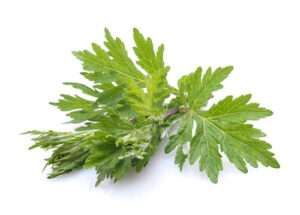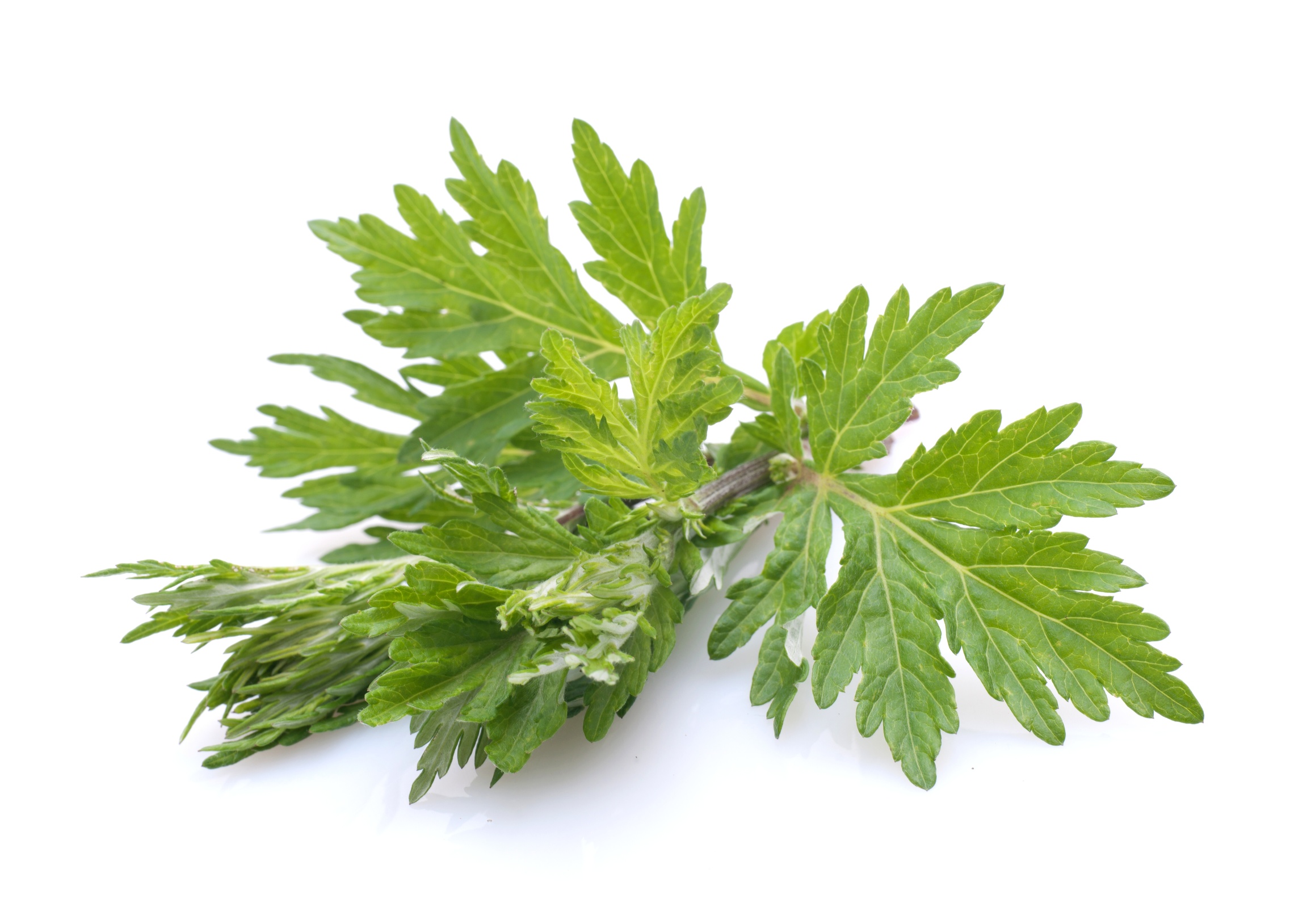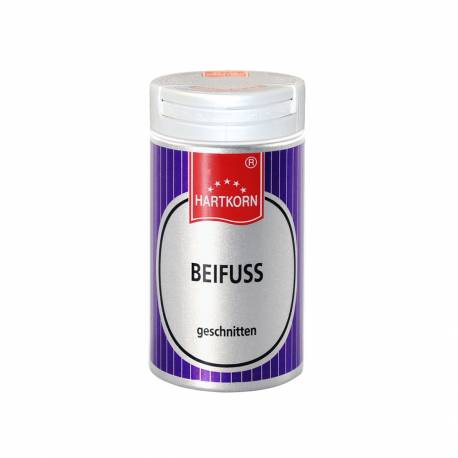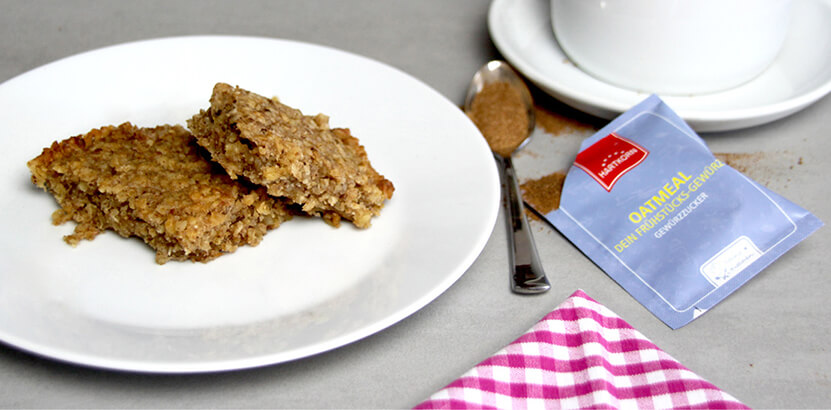Botanical name: Synonyms: Botanical family: origin: Classification: spice shape: flavor: odor: use: The fresh or dried herb has a pleasant aromatic scent and tastes cool-spicy and slightly bitter. It is excellent for making fatty dishes such as roast pork or goose more digestible. Mugwort leaves can also be used to effectively refine some fish dishes, soups, sauces and salads. tip: suggested recipe: Things to know: Botany: Home & Spread: cultivation & extraction: History: Mugwort
General information
Application
Things to know

Artimisia vulgaris L.
Wild wormwood, goose-weed
flowering plants
Balkan, Germany, France
herb
leaves, shoot tips
bitter, tart
aromatic
Roasts e.g., goose, duck, pork and lamb, sauce and fish dishes, cabbage
Add at the beginning of cooking to develop the full aroma.
Eel in beer batter: Cut the skinned eel into finger-sized pieces, season with celery salt and pepper. Turn in a herb breading of fresh mugwort, dill and flat parsley. Make a dough from 150 g flour, 2 egg yolks, salt/pepper and 1/8 l beer. Beat 2 egg whites and fold in. Turn the eel in it and bake in plenty of fat until golden brown.
Insecticide: A bunch of mugwort in the room should scare away mosquitoes and flies
The herbaceous, strongly branched mugwort perennial is closely related to wormwood and rue and grows to over 1.50 m high. The angular stems are more or less downy haired and carry pinnately lobed and simply pinnately divided leaves. On the dark green upper side they are sometimes somewhat hairy, but mostly glabrous, on the underside they are white felted.
The herbaceous, strongly branched mugwort perennial is closely related to wormwood and rue and grows to a height of over 1.50 m. The angular stems are more or less downy haired and carry pinnately lobed and simply pinnately divided leaves. On the dark green upper side they are sometimes somewhat hairy, but mostly glabrous, on the underside they are white felted.
Shortly before flowering (fully bloomed plants taste very bitter and are not usable), one plucks the branch tips with the flower capitula and the upper leaves from the mugwort perennials growing wild everywhere. The flower capitula are dried hanging. Larger cultivation is only done in the Balkan countries.
Mugwort has been known since ancient times as a spice and medicinal plant. It is considered to be "the oldest of the herbs" and was mentioned first in the Anglo-Saxon "herbal blessing".
http://de.wikipedia.org/wiki/Beifuß








